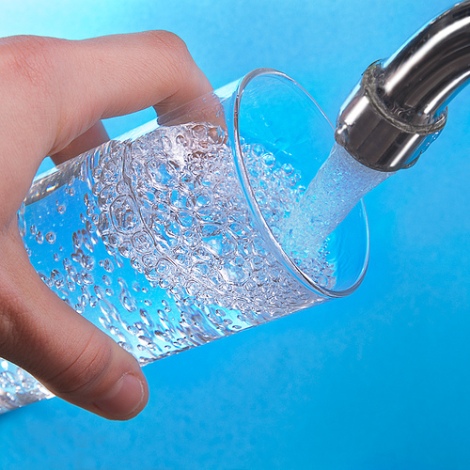 The Obama administration on Thursday proposed to require public drinking water systems to test their water for the toxic chemical C8.
The Obama administration on Thursday proposed to require public drinking water systems to test their water for the toxic chemical C8.
The U.S. Environmental Protection Agency proposal, if finalized, would not set a regulatory limit on C8, but would for the first time require monitoring for the chemical in the nation’s public water supplies.
C8 and five related chemicals were among 30 new substances the EPA proposed to require as part of its latest monitoring for what it calls “unregulated contaminants.”
“Ensuring clean and safe drinking water for all Americans is a top priority for [the] EPA,” said Nancy Stoner, acting assistant administrator for the EPA’s Office of Water. “Learning more about the prevalence of these contaminants will allow [the] EPA to better protect people’s health.”
C8 is another name for perfluorooctanoate acid, or PFOA. In West Virginia, DuPont has used C8 since the 1950s at its Washington Works plant, south of Parkersburg. C8 is a processing agent used to make Teflon and other nonstick products, oil-resistant paper packaging and stain-resistant textiles.
DuPont and other companies have reduced their emissions and agreed with the Bush administration on a voluntary phase-out of the chemical, but researchers remain concerned about a growing list of possible health effects and about the chemical’s presence in consumer products, as well as continued pollution from waste-disposal practices.
Researchers are finding that people around the world have C8 in their blood in low levels. Evidence is mounting about the chemical’s dangerous effects. Recent studies have linked C8 exposure to high cholesterol, high levels of body chemicals linked to hypertension, cardiovascular disease, birth defects, high blood pressure and delayed puberty.
Federal regulators have not set a federal standard for its safety, but the Obama EPA has said it is considering doing so.
Under the Safe Drinking Water Act, the EPA regulates more than 90 contaminants. To keep its standards up to date, the EPA is required every five years to identify up to 30 unregulated contaminants for monitoring.
The EPA will accept public comment on the latest proposal for monitoring through May 2, 2011. The list will be finalized in 2012, with sampling to be done from 2013 to 2015. Sampling would take place at all systems serving more than 10,000 people and at a representative number of systems serving fewer than that.






















I feel all class A water systems should be monitored. I know of a community that could be at risk of exposure to PFOA in their drinking water. Because they use a non NSF approved valves containing packing that has PFO’s in it some 99 of these valves where installed in this public water system.Please note that the A.D.E.C. approved the design and am wondering how this could happen?